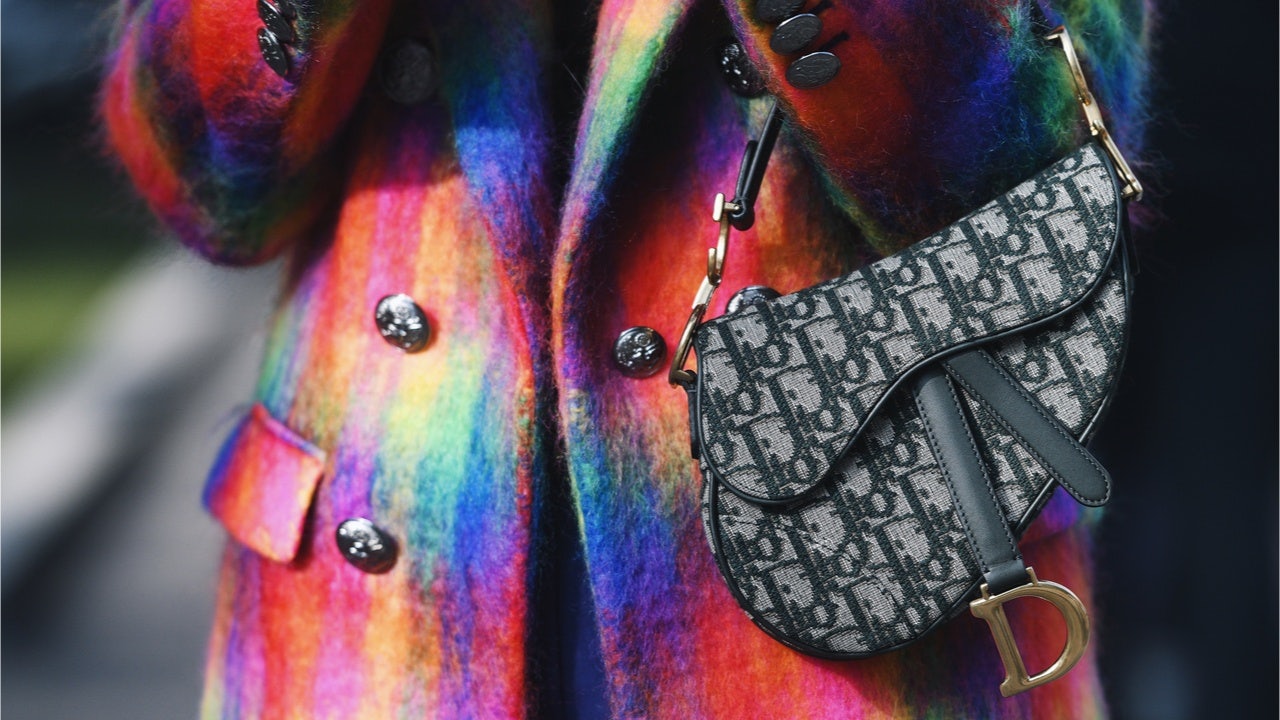The spotlight shone on Chinese consumers for years after they took the global lead in luxury spending. Comprised of youthful, tech-savvy, and affluent logo lovers, the China market has become an ideal target for established luxury brands. But is luxury starting to lose its appeal for Chinese shoppers? In an ever-evolving political and social climate, marketers are always attempting to predict what’s next.
This week, the London-based digital marketing agency Tong Digital hosted another in their series of breakfast briefings covering the future of China’s luxury market. This session focused on key luxury trends and suggested ways brands could stay on top of their game in China for 2020 and beyond.
Millennials Still Matter#
For the past decade, brands targeting China have embraced a new generation of wealthy, modern millennials. As the first generation of Chinese consumers born into the burgeoning middle-class, these millennials have led consumer trends thanks to their digital mindsets and massive disposable spending power.
But this generation is growing up. Chinese millennials take the form of 400 million consumers born between 1981 and 1996, and they now fall between the ages of 23 and 38. For marketers, it’s important to realize that this once-hyped Chinese consumer group is still worth talking about, but the strategies used to target them must evolve. They are moving away from a love of big-name luxury brands and are instead seeking innovative styles, skilled craftsmanship, and relatable stories.
But is their spending power decreasing as adult responsibilities begin to take hold? It doesn’t look like it. According to Tong Digital Co-Founder Adam Knight, who says that “this post-80s generation is now financially independent and self-reliant, but they do not spend in the same way as their parents. There has been a big shift away from the traditional patterns of saving seen in China. Once, Chinese consumers were the world leaders in saving money, with a near 40-45 percent saving rate, versus the USA’s 3 or 4 percent. As millennials have grown, we are seeing this trend change remarkably. Credit card adoption rates are increasing, and Chinese millennial spending is only going in one direction.”
Female Empowerment#
According to reports back in 2015, China is home to two-thirds of the world’s self-made female billionaires. For brands breaking into the market, this results in super-wealthy women outspending their male counterparts in almost every luxury category. Last year saw Maserati’s managing director of Greater China, Bo Yaming, noted that Chinese women now account for 40 percent of the brand’s buyers in the Chinese market — a stark contrast to the rest of the world, where women account for less than five percent of buyers. However, Knight told attendees that despite this spending power, Chinese consumers are still not being taken seriously.
“We are still seeing the same old marketing tropes used to target women in China,” he said. “For example, on International Women’s Day last year, JD.com used the theme of Butterfly Day, with products presented using pretty, feminine clichés.
Tmall attempted to present the idea of female empowerment with their theme, Living with Female Power, but this still took the form of marketing stereotypes: a woman in heels suffering from a blister, another trying to lose weight, and a third struggling to put together flat-pack furniture without the help of a man.
What we’re seeing is that Chinese women aren’t satisfied with these images. They want to be treated with respect… The first brands to respond to this will be the ones to do really well, and harness the power of the female market.”
New-Age Nationalism#
Many infamous cultural blunders have irrevocably hurt many global luxury brands in China, and Chinese consumers are now making cultural respect a top priority when they decide on luxury purchases.
For the likes of Dolce & Gabbana and Versace, these cultural missteps have continued to harm their presence in China, with a continued negative impact that was documented at this season’s Milan Fashion Week. Versace’s t-shirt scandal in August meant that no major Chinese celebrity would appear at the brand’s runway show, and their former brand ambassador Yang Mi, who left her post because of the scandal, was certainly missed. Because of the negativity, even D&G’s official WeChat account was abandoned for the past year, with no posts added since the public embarrassment last November.
But have other brands learned from this? “Not quickly enough,” according to Knight, and these mistakes have spurred a new wave of Chinese nationalism among young consumers, triggering online witch-hunts where netizens trawl through brands’ product offerings and shipping policies in search of any that don’t conform to China’s hardline political stances on Hong Kong and Taiwan. Those who err are outed and shamed online, which results in a waterfall of apologies (recently named brands include Coach, Givenchy, Calvin Klein, and Swarovski).
For others, however, this new wave of nationalism presents an opportunity for success. Hermès, for example, released its Chinese flag-emblazoned Birkin bag last month, and the $125,000 accessory sold out online in under 24 hours. As the perfect patriotic statement for Chinese consumers, Chinese actress and model Fan Bingbing stepped up as a key influencer to promote the bag (and try to win back Chinese fans after her public tax-evasion scandal last year). For brands today, political awareness in China is essential for gaining favor with a generation that remains one of the world’s most lucrative, so you better believe they are toeing the line.
